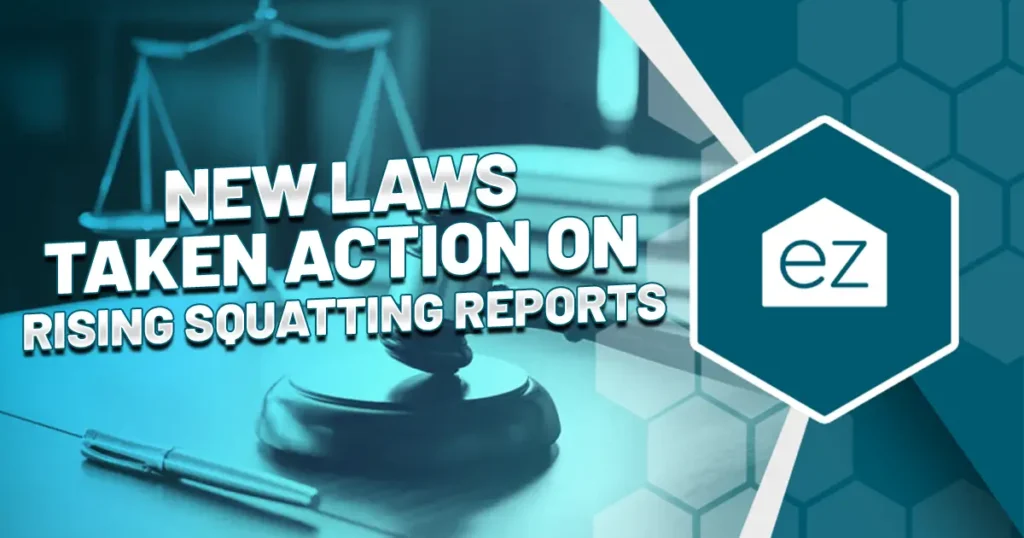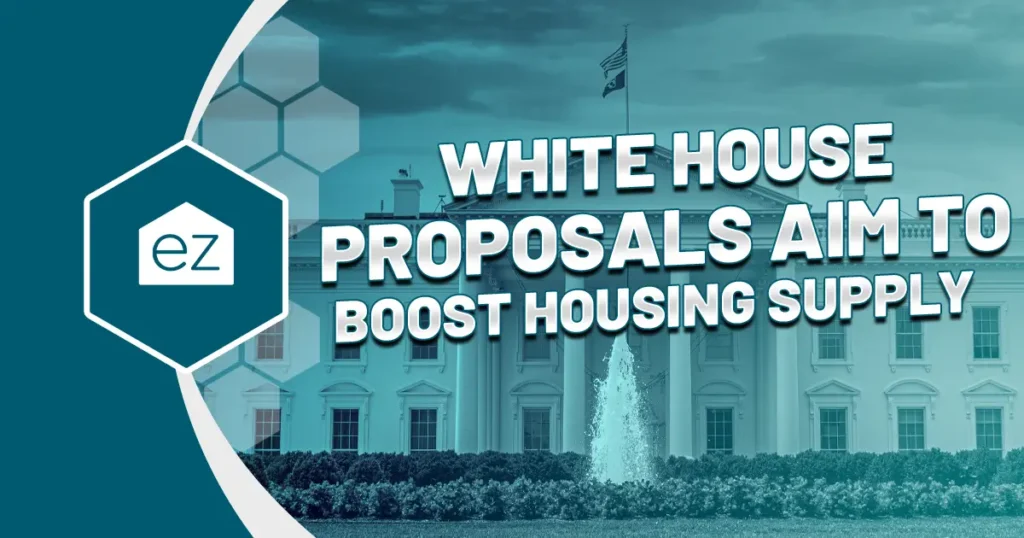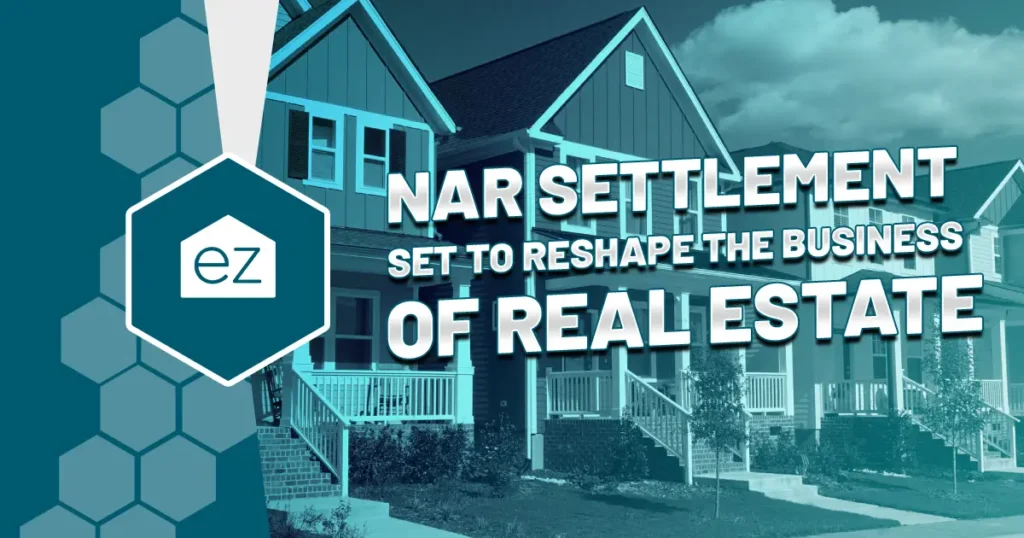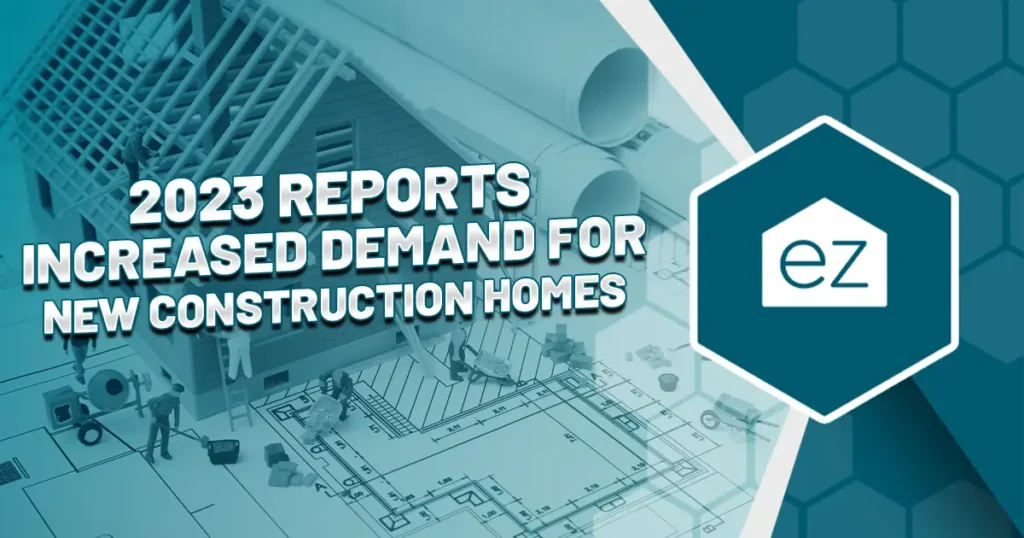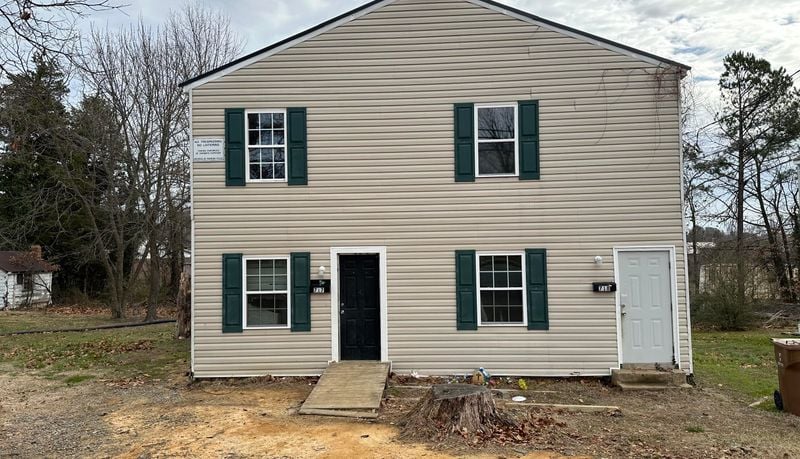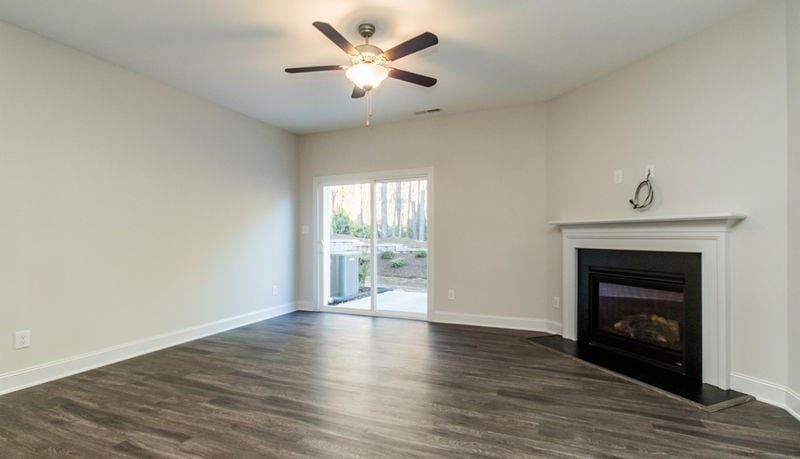These Markets Are Projected to Have the Most Home Price Change in 2023
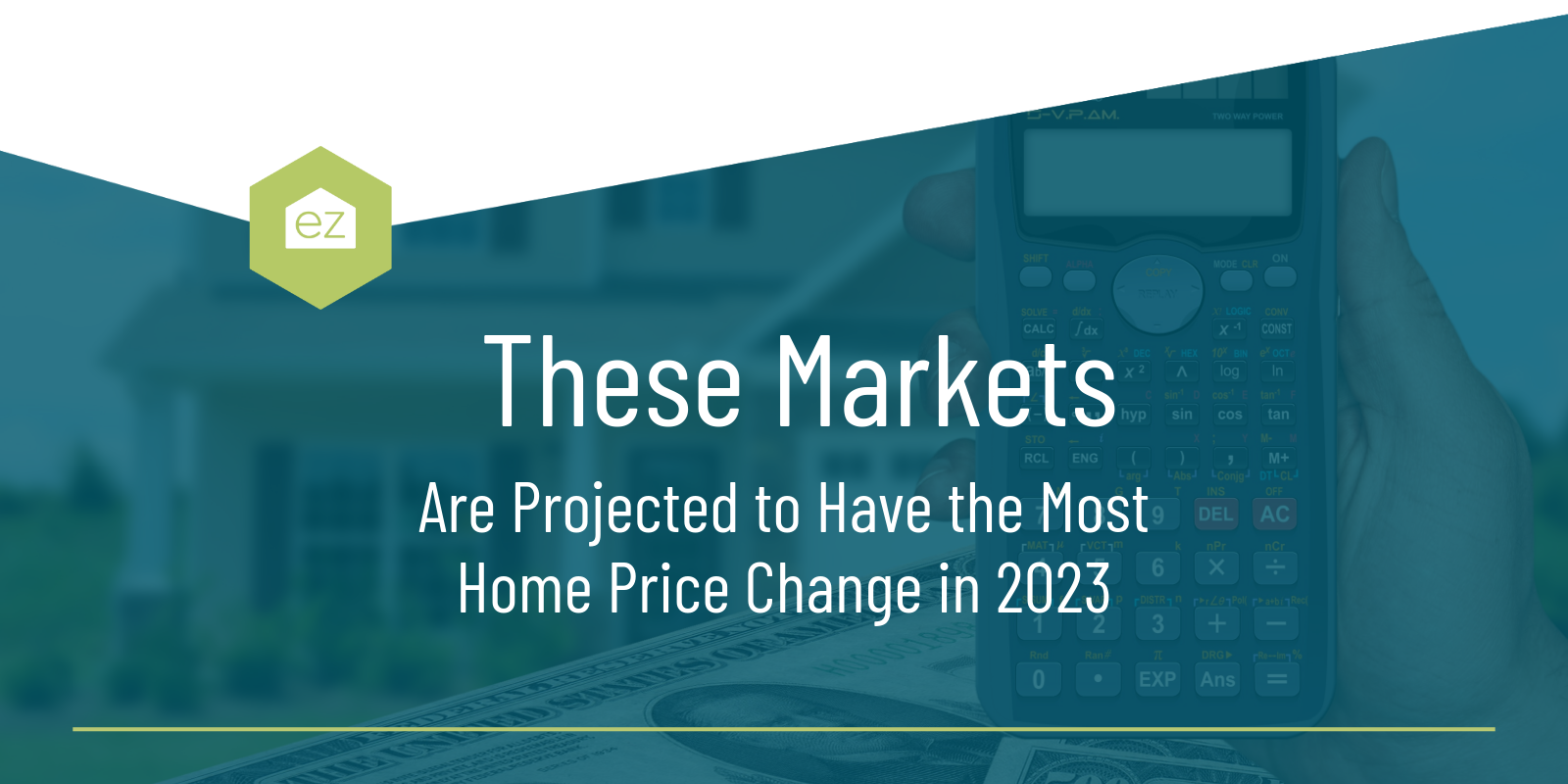
These Markets Are Projected to Have the Most Home Price Change in 2023
Stocks can bounce up and down on any given day, while real estate tends to be more like a cruise ship: slow to turn. However, what if residential housing prices in your area are about to move drastically? That would impact whether you buy, sell, or even consider moving.
USAToday cited information hinting U.S. home prices could drop by nearly 4% in 2023. While that might not sound like much, it would represent the first time housing prices have dropped at all in a decade. That decrease of 4% doesn’t mean every real estate market will see a price drop. Morgan Stanley projects home prices could decline by 10% by June 2024. Meanwhile, some regions might buck the trend and even get more expensive in 2023.
Let’s zoom in closer at the markets that are projected to see the most significant home price changes in 2023:
Why Housing Prices Might Drop

A 4% loss on $300,000 represents $12,000 in home values. That might spell some relief for home buyers but worry homeowners looking to preserve their appreciation gains. Even more troublesome, some markets may correct even more than 4%.
The COVID-19 pandemic and subsequent fallout are partially at fault in some locations where list prices may decline most. These are typically high-demand markets where an influx of interest and buyer migration overstressed the available supply on the market. This, in turn, led to higher prices, often with double-digit gains.
But what goes up must come down. With the pandemic subsiding and transaction conditions shifting closer to normal, many of these same markets are vulnerable to price swings moving in the other direction. In these cases, the real estate markets were so red-hot they caused a potential home price fluctuation downward, or as experts call it, a “price correction.”
For example, California’s Malibu community saw home prices rocket up 82% between the first quarter of 2021 to 2022. The East Coast also had record gains, like the average price hike of 25% in New York’s Hamptons. The number of available homes was sinking to record lows while buyer demand stayed high.
Other cities, like Austin, Boise, and Phoenix, had been premium spots when the pandemic set in. They were places people could potentially go outside, with plenty of space for social distancing, but without the high East/West coast home prices. The influx of residents pushed their prices upward, too.
Where Housing Prices Might Decline the Most
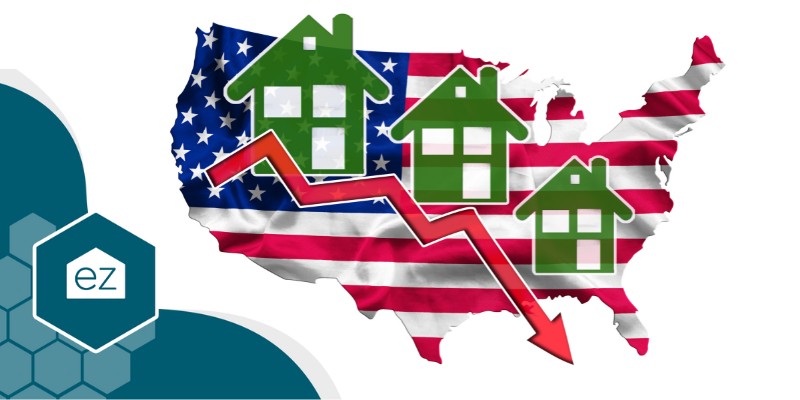
Thanks to the high-rising prices, many experts believe these may be areas that are ripe for a fast fall, particularly if national prices sink to the expected 4%.
Goldman Sachs predicts Austin, TX, home prices could correct by 15% over the year, while markets like San Francisco, Denver, Phoenix, Seattle, and Tampa could correct by over 10% during 2023. These cities also saw some of the highest appreciation gains during the pandemic.
San Francisco already saw a 10.36% price drop in the last three quarters of 2022. Seattle dropped by 9.5% and San Diego by 7.4%.
But it’s not just those cities at risk of further correction. According to TheState (citing a U.S. News & World Report), some South Carolina housing markets may be just as vulnerable. This is particularly due to an interesting variable in their calculations: the payment-to-income ratio. Typically, personal finance experts recommend homeowners spend no more than a third of their take-home income on housing. You can measure it with the payment-to-income ratio.
The Myrtle Beach-Conway-North Myrtle Beach area ranked as the 20th most overvalued area to buy a home in the U.S. The payment-to-income ratio on average? 40.1%. When someone has less wiggle room to make a house payment, they may be motivated to sell. And when an entire region is full of people with a high payment-to-income ratio, you may have a region where demand is about to plummet, which would cause price corrections.
Why Housing Prices May Increase
It’s not the pandemic that brought on a housing shortage. America has been in a housing shortage since before then. In 2021, Freddie Mac and Up for Growth estimated that America needed 3.8 million new homes to meet demand. The National Association of Realtors (NAR) believes the number may be much higher, perhaps closer to seven million.
With the pandemic over, this pre-existing national housing shortage is combined with higher interest rates and inflation. This means houses are in short supply in many places, loans are more expensive to acquire, and not every homeowner is motivated to sell.

It’s a recipe for more expensive home prices.
Where Housing Prices Might Rise the Most
Let’s zoom in from the national focus. Money.com listed its top 10 metro areas where home prices skyrocketed the most. They measured where prices rose (annualized) in the second quarter, citing the NAR’s stats. Their conclusion? Seven of the top booming locations can be found in Florida, including:
- Lakeland-Winter Haven (2nd)
- Naples-Immokalee-Marco Island (3rd)
- North Port-Sarasota-Bradenton (4th)
In other words, Florida owns three of the top four spots.
The top spot belonged to Fayetteville-Springdale-Rodgers, a metro area spanning Arkansas and Missouri. Its year-over-year prices rose over 31%.
What’s driving home price growth locally? Money.com believes it’s strong job markets combined with the aforementioned supply issues. More jobs mean more people moving to those communities, driving up demand for housing. If supply doesn’t budge, it’s a recipe for a significant price appreciation.
Other areas, like St. Louis (a 9.8% gain), have also shown tremendous growth over the past year. The Charlotte metropolitan area and Dallas-Fort Worth, respectively, clocked in at 7.9% and 6.3%. This shows that while mortgage rates are more expensive, they’re still not an answer to the ever-important rule of supply and demand.
Wrapping Up
Housing prices are expected to drop nationally in 2023, but it won’t be a drastic decline homeowners might fear. According to Forbes, housing demand will likely remain stable enough to avoid any repeat of the 2008 Great Recession.
It won’t be the same in every region. Some regions may be undervalued or full of home buyers with enough income to spare. One thing is clear: high-interest rates and home prices returning to earth could make for a rocky road in some areas on the east coast, west coast, and mountain west. And in parts of the southeast, you may continue to see home prices rise far beyond what they were in 2022.
Start Your Home Search
Preston Guyton
Share this Post
Related Articles
Real Estate News
New Laws Taken Action On Rising Squatting Reports
Real Estate News
White House Proposals Aim to Boost Housing Supply
Real Estate News
NAR Settlement Set to Reshape The Business of Real Estate
Real Estate News
